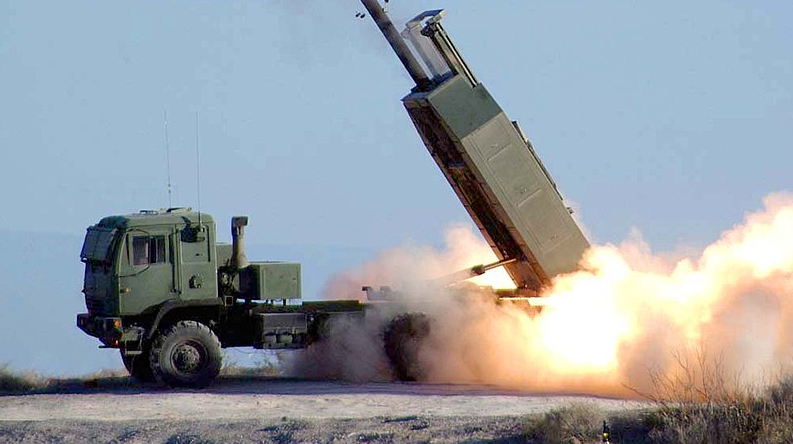U.S. Army secures a massive $861 million deal with Lockheed Martin for advanced HIMARS to enhance artillery capabilities.
Others are reading now
the U.S. Army has commissioned Lockheed Martin to produce an undisclosed number of High Mobility Artillery Rocket Systems (HIMARS).
According to the Department of Defense, this substantial $861 million contract was awarded on May 8, with expectations to complete the project by May 31, 2026.
Strategic Upgrade Amidst International Developments
HIMARS are mounted on a six-wheeled M1140 FMTV tactical truck chassis and can be used as a multiple launch rocket system with precision-strike capabilities.
Capable of hitting targets up to 300 km away with the M57 ATACMS tactical missile, HIMARS plays a crucial role in targeting artillery systems, air defense means, transport vehicles, and armored support.
Also read
The acquisition not only boosts the U.S. military’s capabilities but also reflects a broader strategy of supporting allies, as evident in recent developments.
On May 10, the U.S. State Department approved the urgent sale of three additional HIMARS systems to Ukraine, valued at approximately $30 million.
This purchase will be funded by Germany as part of its military aid to Ukraine, highlighting the international cooperation involved in bolstering Ukraine’s defense capabilities against ongoing aggression.
Lockheed Martin: At the Forefront of Military Modernization
Lockheed Martin’s role extends beyond manufacturing new units.
The company is also tasked with upgrading additional Multiple Launch Rocket Systems (MLRS) of the U.S. Army. A separate contract valued at $451 million will enhance existing M270 systems to the M270A2 variant, which promises increased efficiency and firepower.
This series of contracts underscores the U.S. commitment to maintaining a leading edge in military technology while supporting global stability and allied defense infrastructures.


